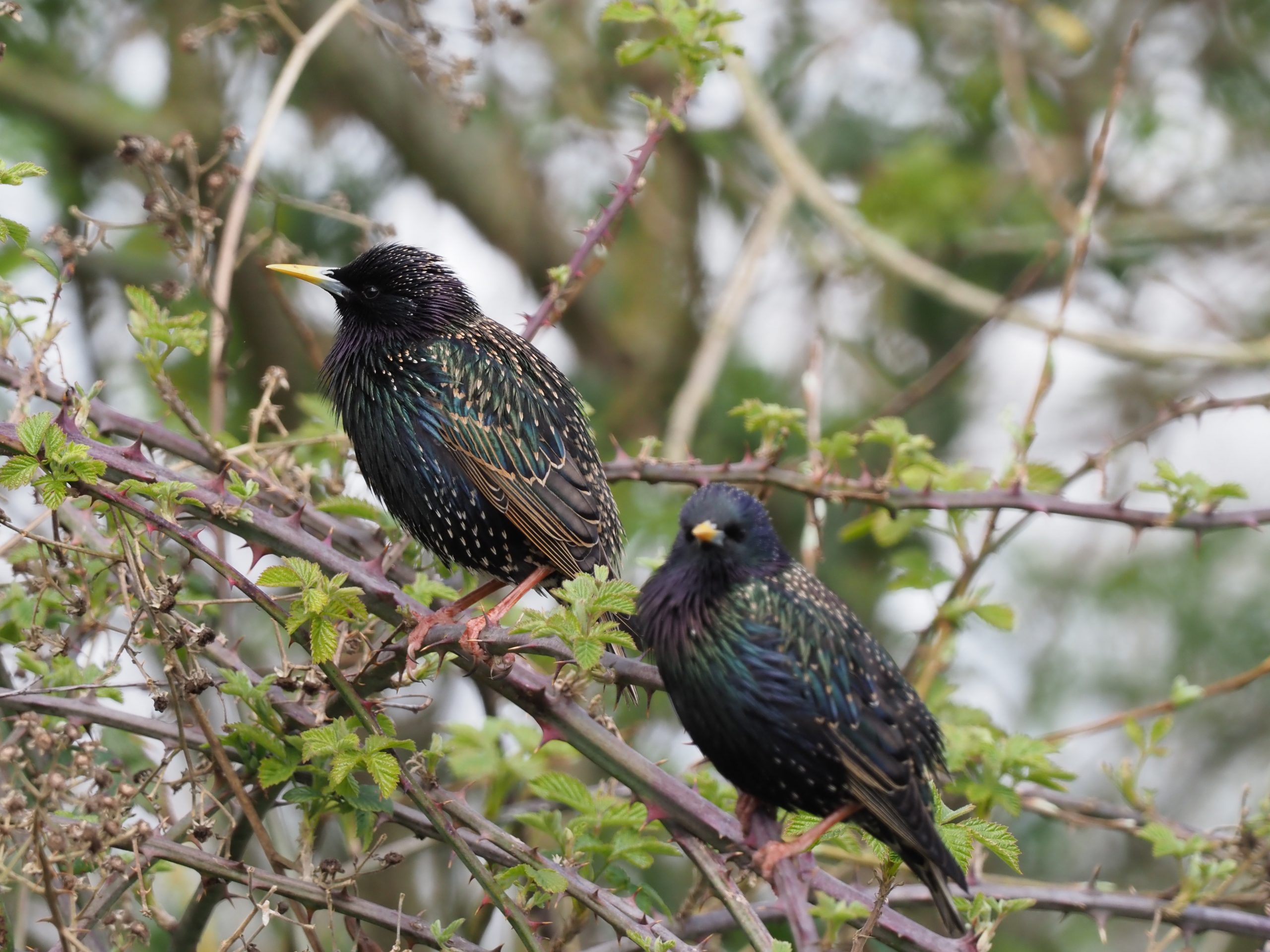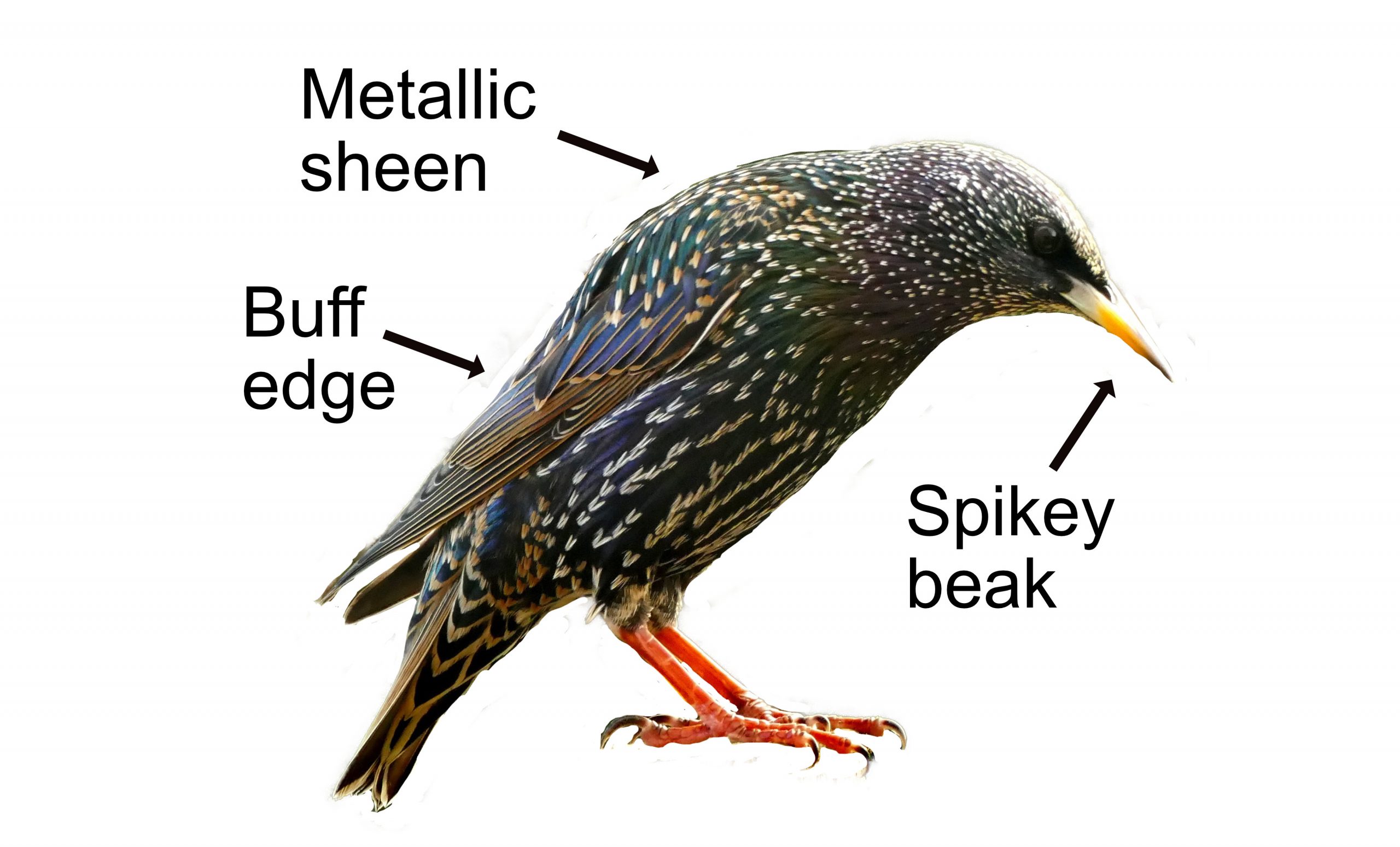
Waxwings are absolutely gorgeous birds and visit Britain in the winter. They are not long-distance migrants, but move nomadically outside the breeding season to find food. Numbers arriving in Britain depend on whether it is a good or poor berry year on the continent, as Waxwings are all about fruit.
Waxwings are pinkish-brown and pale grey with distinctive smooth plumage in which many body feathers are not individually visible. They have a black and white eyestripe, black under the chin, a prominent crest, a square-cut tail with a yellow tip, and pointed wings. Some wing feathers have red tips, like sealing wax, which gives them their Waxwing name. In flight, the wings look triangular. The Waxwing's call is a high-pitched, buzzing "sirrrrr" like a bell.

Waxwings mostly feed on fruit, which they eat from early summer (strawberries, mulberries, and serviceberries) through to autumn (raspberries, blackberries, cherries, and honeysuckle berries) and into winter (juniper berries, crabapples, rowan berries, rose hips, cotoneaster fruits, dogwood berries, and mistletoe berries). They will eat two or three times their body weight in fruit each day! When fruits are unavailable, they will feed on sap, buds, flowers and insects.
They breed in north European forests, often near water, with their late May nesting timed to coincide with the ripening of summer fruits. Their courtship display involves, unsurprisingly, passing fruit to each other. Mum builds a loose nest at the fork of a branch, well away from the tree trunk. The nest is made of twigs, grass, and lichen, and lined with fine grass, moss, and pine needles. She may camouflage it by dangling bits of grass, flowers, lichen, and moss to keep it well hidden. Mum alone incubates the 3-7 eggs while dad brings her food. The eggs hatch after 14 days and both parents feed the youngsters for 15-17 days until they leave the nest. With the late start, there is only one brood.
Despite the large annual variation of numbers in Britain, Waxwings are Green Listed as European numbers are stable. Threats like human disturbance during the breeding season or habitat destruction are limited as Waxwing breeding grounds are further north than most northern European towns and cities.
Their Latin name is 'bombycilla garrulus' where 'bombycilla' comes from the Greek 'bombux' for 'silk' and the Latin 'cilla' for 'tail', and 'garrulus' is the Latin for 'talkative'. Silktail is right, but Waxwings are hardly talkative - though often talked about.



